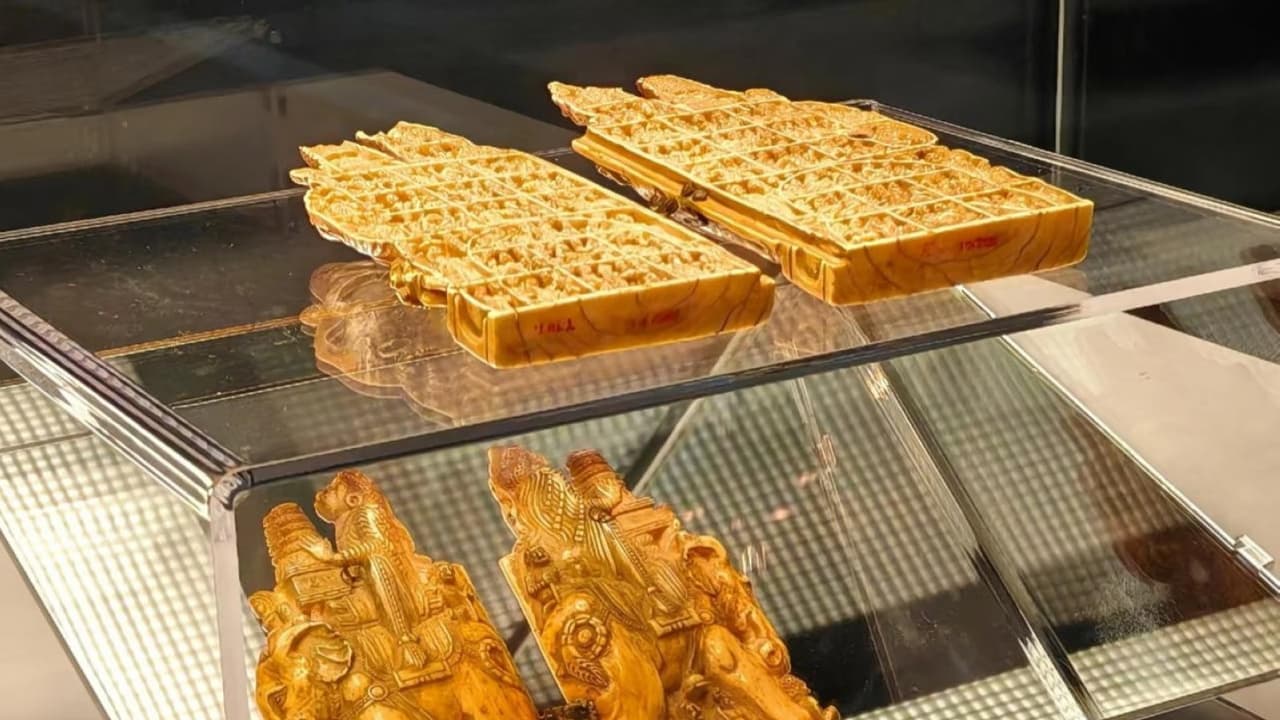An ancient Indian ivory carving of Buddha’s life, a gift to Chinese monk Xuanzang in the 7th century, is a centerpiece at a China National Museum exhibition, highlighted by Ambassador Xu Feihong amid improving India-China diplomatic ties.
A centuries-old ivory carving from ancient India, depicting the life of Buddha, has become a centrepiece at the China National Museum’s latest exhibition Sharing the details on social media, Chinese Ambassador to India Xu Feihong described the artefact as “a hidden gem shining at the National Museum of China.” He wrote on X that, according to historical records, the exquisite carving was originally presented by an Indian Raja to Chinese monk Xuanzang, who brought it to China in the 7th century AD. A hidden gem is shining at the National Museum of China’s latest exhibition 🏛✨: an exquisite ivory carving from ancient India, depicting the life of #Buddha. According to historical records, this was a gift presented by an Indian Raja, to Chinese monk Xuanzang, who brought it… pic.twitter.com/JrZzmLvCem — Xu Feihong (@China_Amb_India) November 3, 2025
Historical Significance and Xuanzang’s Journey
Xuanzang, one of China’s most revered scholars and a leading Indophile of his time, travelled extensively across India in search of Buddhist teachings. His writings not only helped spread Buddhist philosophy in East Asia but also shaped China’s perception of India as a sacred and scholarly land.
A Sign of Thawing Diplomatic Ties
The exhibition’s spotlight on the ancient Indian artefact comes at a time when the two Asian neighbours are slowly restoring normalcy in their diplomatic and people-to-people relations.
After more than five years, direct flights between India and China officially resumed in October. The Shanghai-New Delhi route is scheduled to begin operations on November 9, with three flights every week.
Flights between the two countries had been suspended since the COVID-19 pandemic and the 2020 Galwan Valley clash, one of the deadliest border confrontations in decades.
Since then, relations between New Delhi and Beijing have remained strained. However, a gradual thaw began in October 2024, when both sides reached an agreement on patrolling arrangements along the Line of Actual Control (LAC). (ANI)
(Except for the headline, this story has not been edited by Asianet Newsable English staff and is published from a syndicated feed.)
